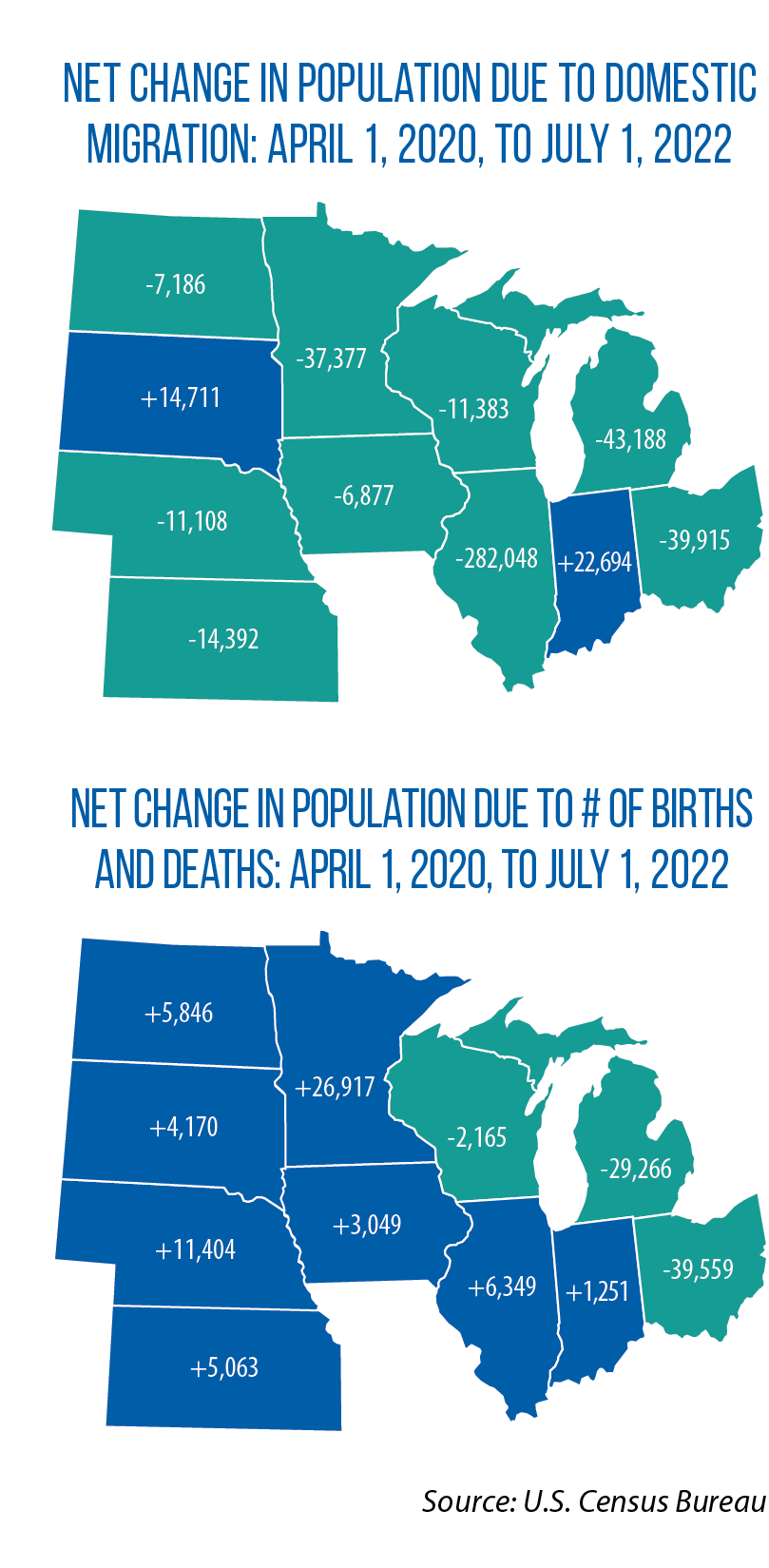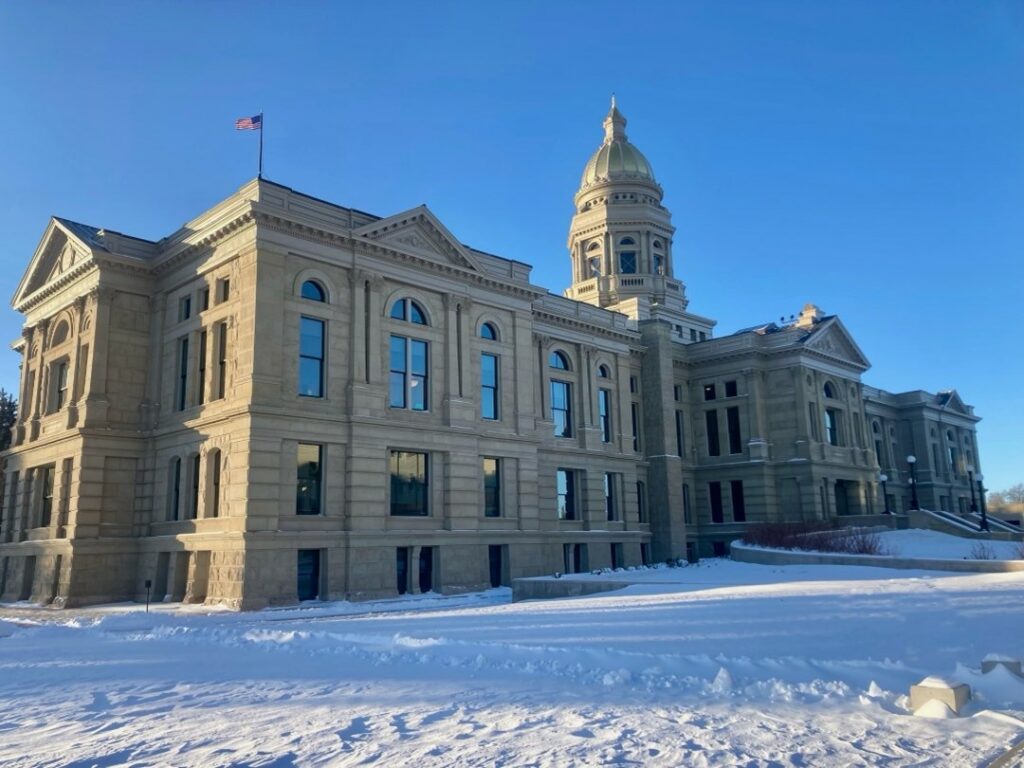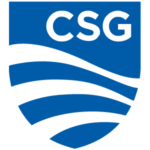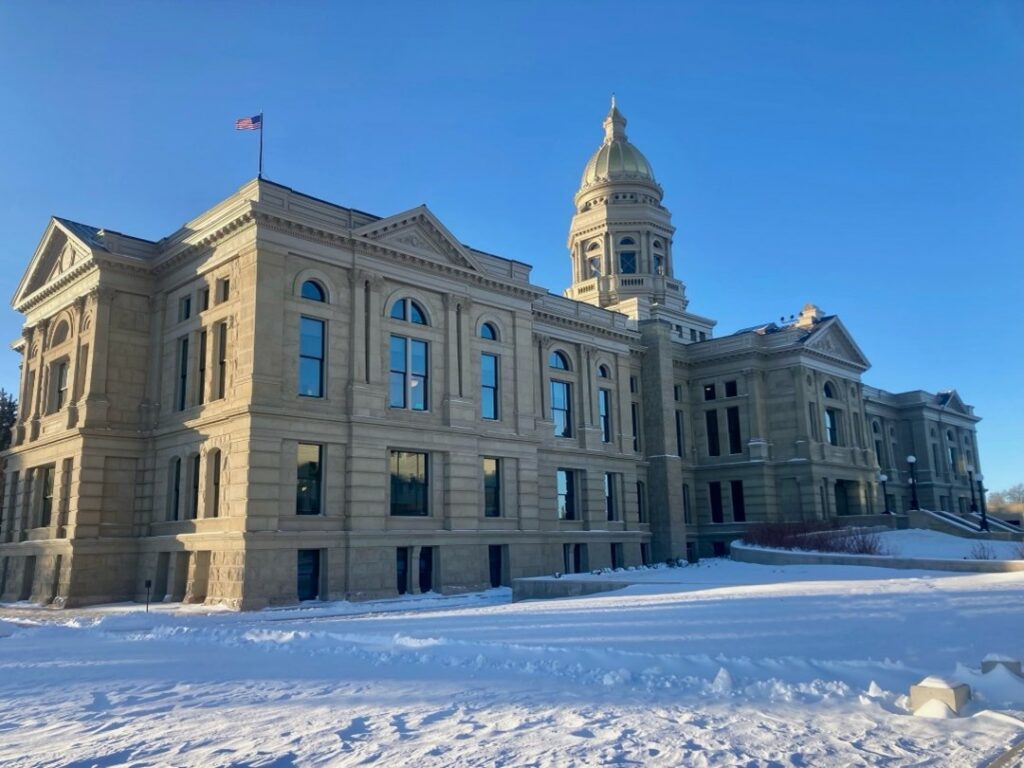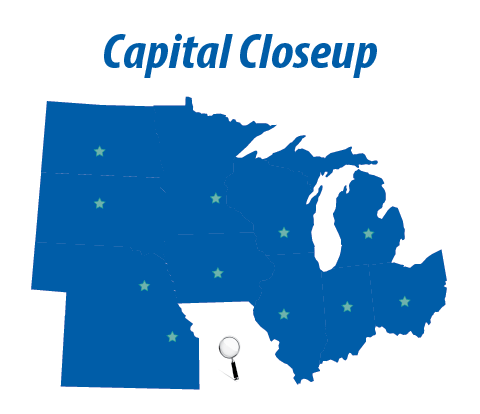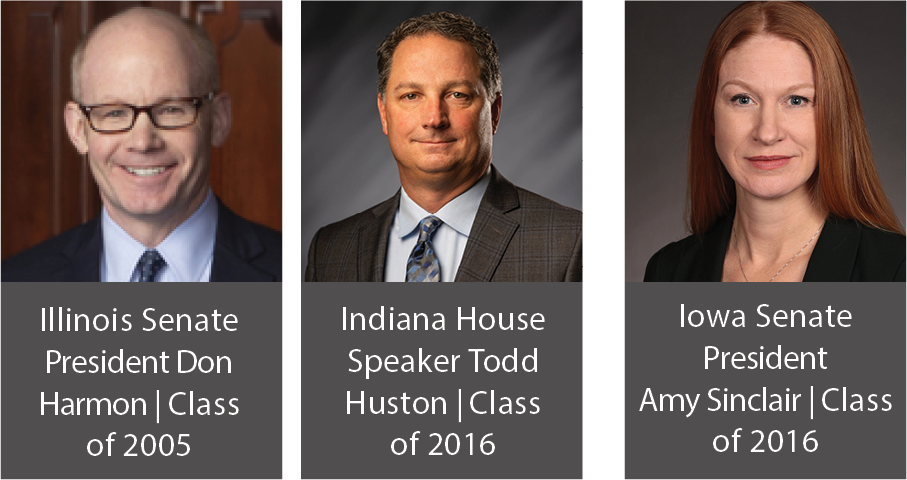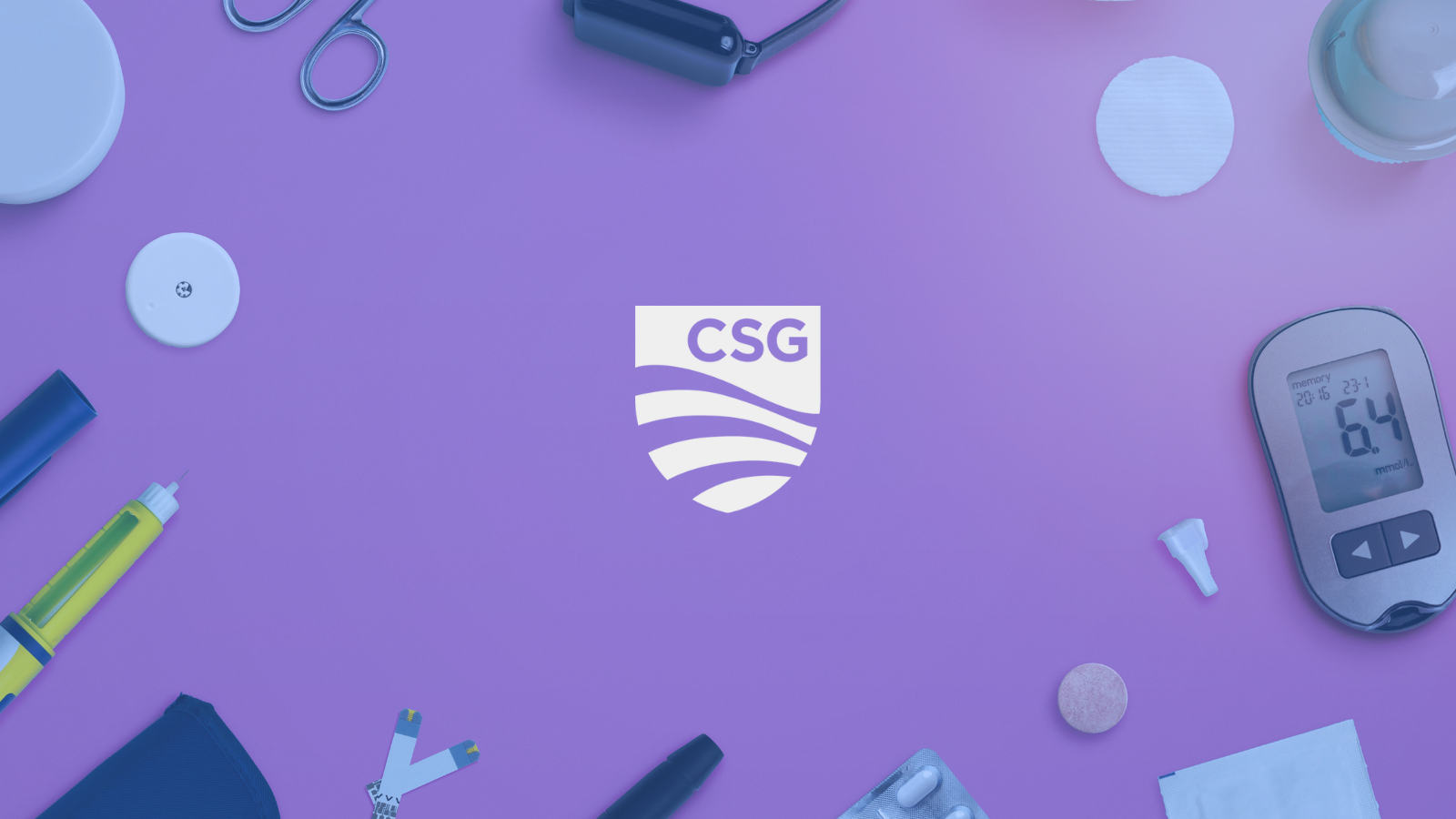By: Luke Byram
January is National Mentoring Month. While mentoring relationships benefit all youth, they may have a particularly positive impact on youth who face barriers to education and employment—such as youth with disabilities and especially those who may have intersecting identities.
According to the U.S. Department of Labor’s Office of Disability Employment Policy (ODEP), disability mentoring occurs when a person with a disability provides advice and support to another person, usually someone with a similar disability. Mentoring can be short-term in nature, such as a single-day job shadowing opportunity or career exploration experience, which could occur on National Job Shadow Day on February 2, 2023 or on National Mentoring Day on October 27, 2023. Mentoring could also reflect a more robust ongoing relationship between a mentor and youth with regularly scheduled meetings focused on supporting the youth in planning and achieving their goals. The relationship often focuses on a specific task, such as living independently, recovering from a traumatic event, obtaining employment or transitioning into the workforce. The mentor serves as a role model and provides information and guidance specific to the mentee’s experiences and identified needs.
Research clearly indicates the success of disability mentoring. Mentoring promotes career exploration and helps youth and young adults with disabilities make more informed choices about their academic and employment goals. The National Mentoring Resource Center reviewed 40 studies on mentoring for youth with disabilities and found that having a mentor with the same disability is associated with better employment and career development outcomes, including a stronger academic trajectory, smoother transitions, more well-developed life skills and higher quality of life.
These findings reinforce the benefits of mentoring overall. According to Mentor, mentoring programs help middle and high school students develop essential cognitive and social-emotional skills for school and workplace success. Guider reports similar long-term benefits for marginalized populations, including increased self-esteem and confidence in their ability to achieve goals.
Youth and young adults who have intersecting identities—such as youth of color with disabilities—are particularly vulnerable to discrimination and other barriers and may need tailored mentoring to fit their unique needs. Bernadette Sánchez of DePaul University states that there is a strong need for mentoring youth of color (Black youth in particular) to help them achieve positive academic, social and employment outcomes in the long term.
Hamza Jaka is a person of color and disabled attorney who has experience with these positive benefits from both sides, having been mentored and served as a mentor himself. Recently, CAPE-Youth had the opportunity to speak with him about his mentoring experiences.
Question: In what ways did you benefit by having a mentor?
Jaka: My mentors have always helped me think about my life and what I want, helped me plan out my career and my future and provided a comforting, but firm presence in my life.
Question: What tips, suggestions, recommendations or advice do you have for those considering whether to be mentored?
Jaka: Find a mentor who fits your life. Don’t just take people’s suggestions, and certainly take a mentor’s advice with a grain of salt. It is your life – you need to find someone who fits. Mentors should have hard conversations if you want to have them, but they should not make you feel awful.
Question: In what ways did you benefit by being a mentor yourself?
Jaka: I learned just how much I have grown and the importance of being a presence in someone’s life, without overstating my own experiences.
Question: What tips, suggestions, recommendations or advice do you have for mentors of other youth and young adults with disabilities?
Jaka: Be kind, don’t project [your experiences onto them] and remember your mentee is different from you and doesn’t always need to take your advice. Respect their time as well. Your mentees are awesome people and deserve that respect.
Question: What did you learn through your mentorship relationships?
Jaka: How to keep my promises and share my experiences without living vicariously through other people. Too often mentors bring their own lived experiences into a mentee’s life rather than listening to the mentee.
Question: What challenges did you experience in the mentoring relationship?
Jaka: Finding time to connect! I also would have loved to meet in-person.
Question: What can state policy leaders do to advance disability mentoring for youth and young adults with disabilities at the state level?
Jaka: Fund evidenced-based mentoring programs, make connections between disabled constituents and come to disability events. Also, make it a priority to listen to organizations run by disabled people, especially disabled people of color.
CAPE-Youth offers a number of resources to help state policymakers explore ways to implement programs and services—including mentoring initiatives—that meet the needs of youth and young adults with intersecting identities. Further information about Mentoring Month, including outreach tools and tips, is available at MENTOR.



